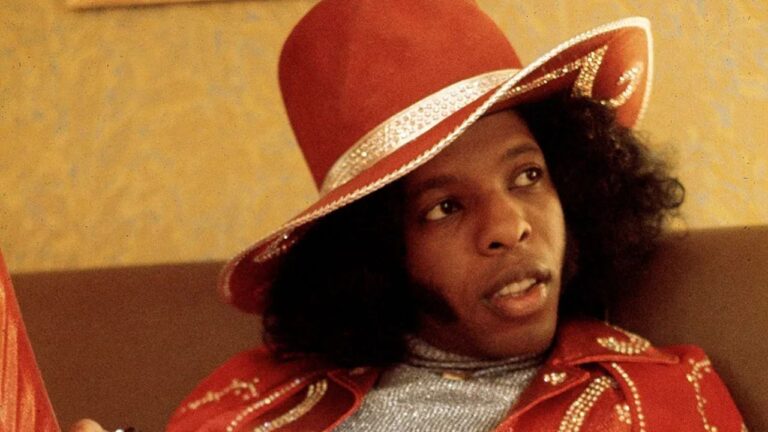Sly Stone, the funk legend who reshaped music with Sly and the Family Stone, left behind a complicated legacy when he passed away on June 9, 2025. His net worth at the time of his death was a mere $500,000—a shockingly modest figure for a man whose influence echoes through decades of rock, funk, and hip-hop. For an artist who once headlined Woodstock, pioneered genre-blending sounds, and inspired icons like Prince and Dr. Dre, this financial downfall is one of music’s most tragic cautionary tales.
So, how did a genius who once commanded millions end up with half a million to his name? The answer lies in a mix of bad deals, exploitation, addiction, and an industry that often chews up its brightest stars. Stone’s story isn’t just about money—it’s about how creativity and chaos collided, leaving a trail of broken contracts, lawsuits, and unrealized potential.
From Millions to Pennies: The Rise and Fall of Sly’s Fortune
At his peak in the late 1960s and early ’70s, Sly and the Family Stone were unstoppable. Hits like “Everyday People,” “Dance to the Music,” and “Family Affair” dominated the charts, and their Woodstock performance became legendary. The band’s success translated into massive earnings, but Sly’s financial troubles began creeping in as his personal life spiraled. Drug addiction, erratic behavior, and canceled shows drained his resources, and by the mid-’70s, the band had imploded.
You Might Like: Sean O’Malley’s Wife & Kids: Inside the UFC Star’s Unconventional Family, Open Marriage, and Dad Life
The real financial disaster, though, came from a series of disastrous deals. In 1984, Stone sold his music publishing rights to Michael Jackson for just $1 million—a decision that would haunt him forever. At the time, it seemed like quick cash, but those rights would’ve been worth tens of millions over the years. Then, in 1989, he signed away his royalty rights to his manager, Jerry Goldstein, in exchange for an ownership stake in a company that allegedly exploited him. For years, Stone claimed he never saw a dime from his own music, while Goldstein’s companies pocketed the royalties.

By the 2010s, things hit rock bottom. Stone was reportedly homeless, living in a van in Los Angeles, relying on neighbors for food. He sued Goldstein in 2015 and won a $5 million judgment—only for a judge to overturn it months later, citing that 1989 contract as legally binding. The money vanished, and Stone’s financial recovery never happened.
The Final Years: A Modest Comeback, But No Fortune
In his later years, Sly Stone stabilized somewhat. A 2016 settlement allowed him to regain control of the Sly and the Family Stone name and some royalties, but it was a far cry from the wealth he deserved. He released a memoir in 2023, Thank You (Falettinme Be Mice Elf Agin), and worked on a screenplay about his life, proving his creative spark never died. A 2025 documentary by Questlove, Sly Lives!, reintroduced his legacy to a new generation, but financially, he never bounced back.
When he died at 82 from COPD, his $500,000 net worth was a fraction of what his music still generates annually in streams, samples, and licensing. Hip-hop artists alone have mined his catalog endlessly—Dr. Dre, the Beastie Boys, and countless others built hits on his grooves. Yet, due to those early bad deals and legal losses, Stone saw little of that money.
Also See: Greta Thunberg’s Net Worth 2025, Her Parents/Family Wealth, and the Truth About Private Jet Rumors
His story is a stark reminder of how the music industry can uplift and then abandon its pioneers. Sly Stone changed sound forever, but the system around him ensured he’d never fully reap the rewards. The $500,000 he left behind isn’t just a number—it’s a symbol of broken promises, stolen royalties, and a genius who deserved so much more.

